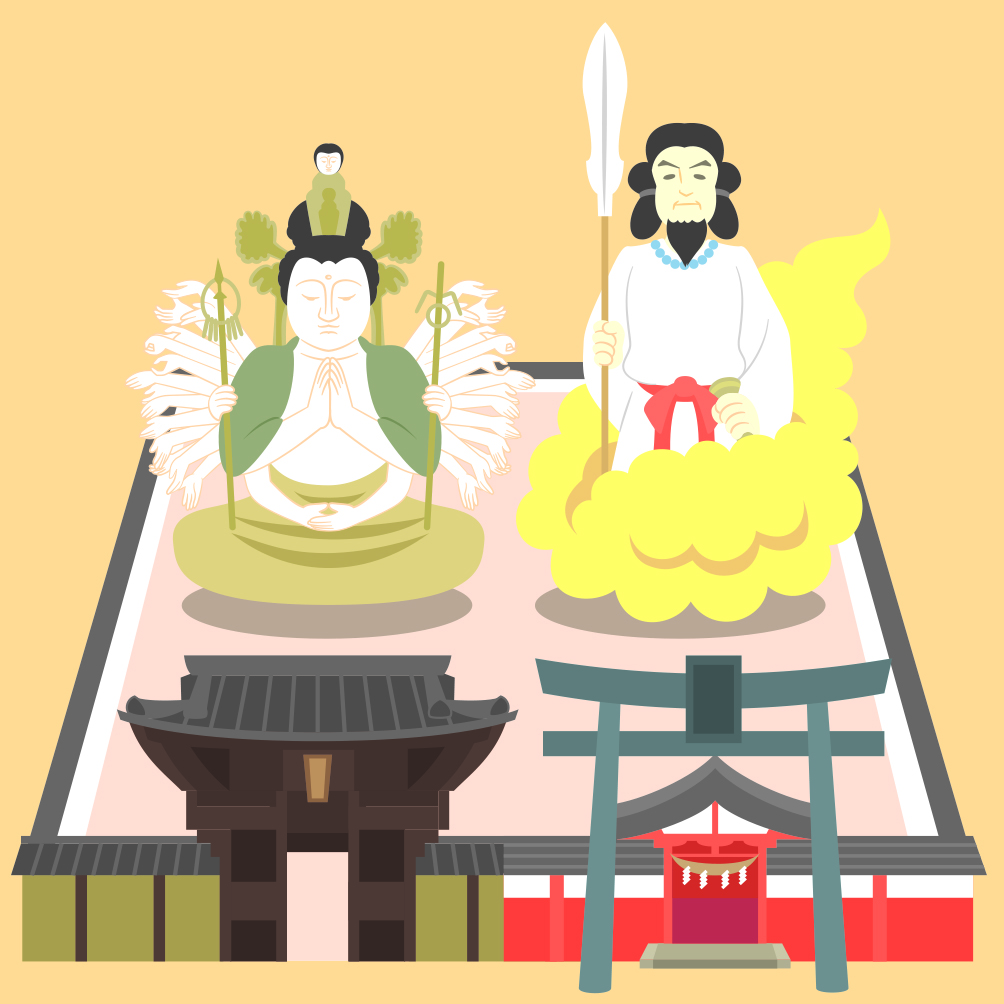Oku-Nikko’s history began with Shodo Shonin’s ascent of Mt. Nantai
Shodo Shonin (circa 735-circa 817)
Shodo Shonin was an ascetic monk from Haga-gun, Shimotsuke-no-Kuni (now Moka City, Tochigi Prefecture). In 766, during Japan’s Nara period (710-794), he founded Shihonryuji Temple in Nikko and established Mt. Nikko. His achievements are described in an inscription by Kukai in 814, which is the oldest historical record of Shodo Shonin.
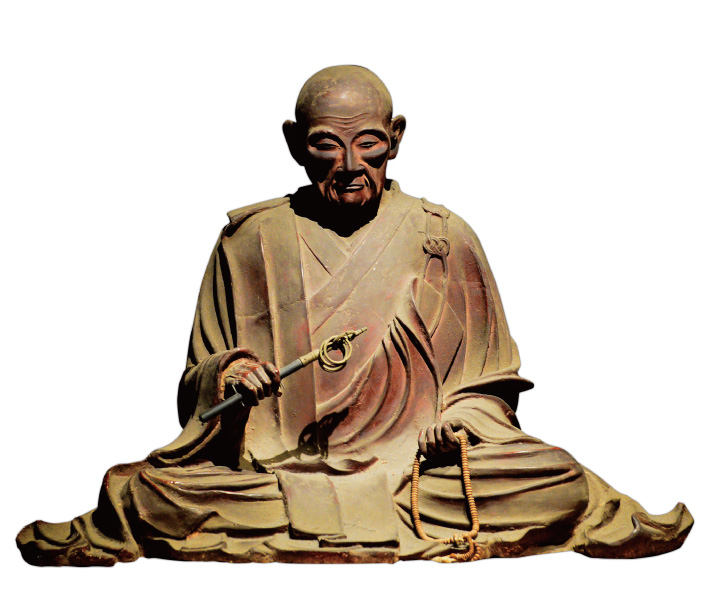
Property of Nikko-zan Rinno-ji Temple
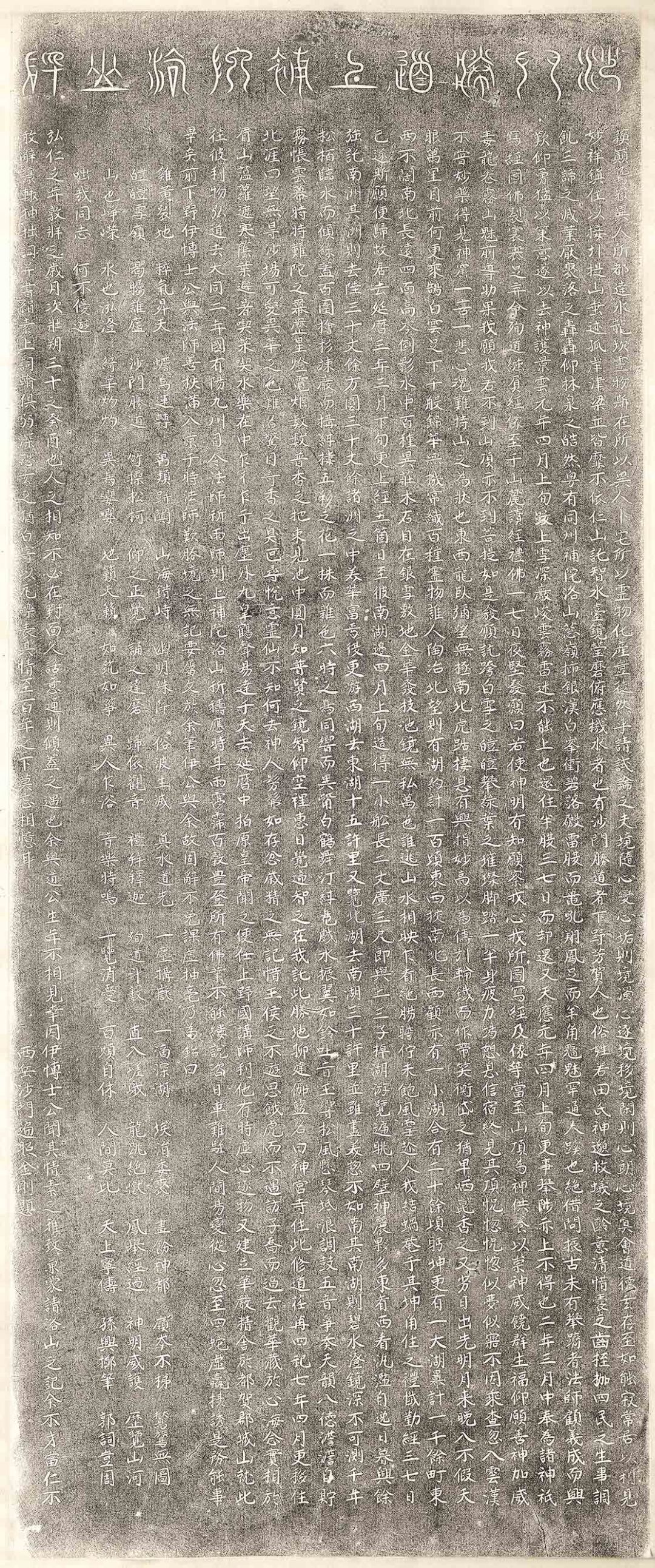
Rubbed copy of writing on Shamon Shodo Sansuiwomegurite Genshuwomigakuno Hi
Private collection
This is a rubbed copy of a stone monument that once stood on the grounds of Futarasan-Jinja Chugushi Shrine. It was erected during the Hoei era (1704-1711). The inscription was engraved on a copper plate.
Shihonryu-ji Temple
Shihonryuji Temple is the origin of Nikko-zan Rinnoji Temple. Shodo Shonin founded it in 766.
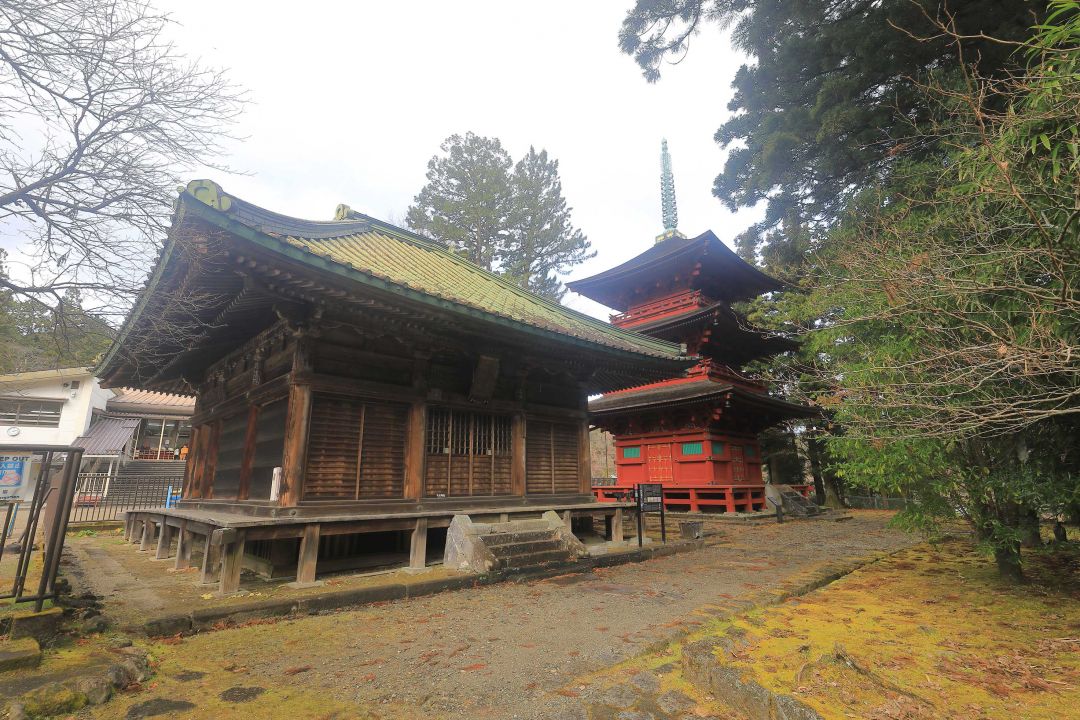
What is kaisan?
Kaisan (literally, “opening of the mountain”) refers to the founding of a temple. It comes from the “opening” of an untrodden mountain as a place for Buddhist training, the building of a temple on the mountain, and the giving of a name to the mountain. Shodo Shonin established the temple on this mountain, and therefore the name “Nikko-zan” (Mt Nikko) was later given to it.
An arduous climb to reach Mt. Nantai’s summit
In early April of 767, Buddhist monk Shodo Shonin made his first attempt to reach the summit of Mt. Nantai, which no one had climbed before. Mt. Nantai was believed to be a sacred mountain where gods dwelled. However, the ascent was grueling, and harsh natural conditions, including deep snow, cliffs, clouds, fog, and thunderstorms, forced him to abandon the climb.
Shonin made another attempt fourteen years later, in early April of 781, but again he turned back. Reaching the top of Mt. Nantai was a dangerous and arduous endeavor indeed.
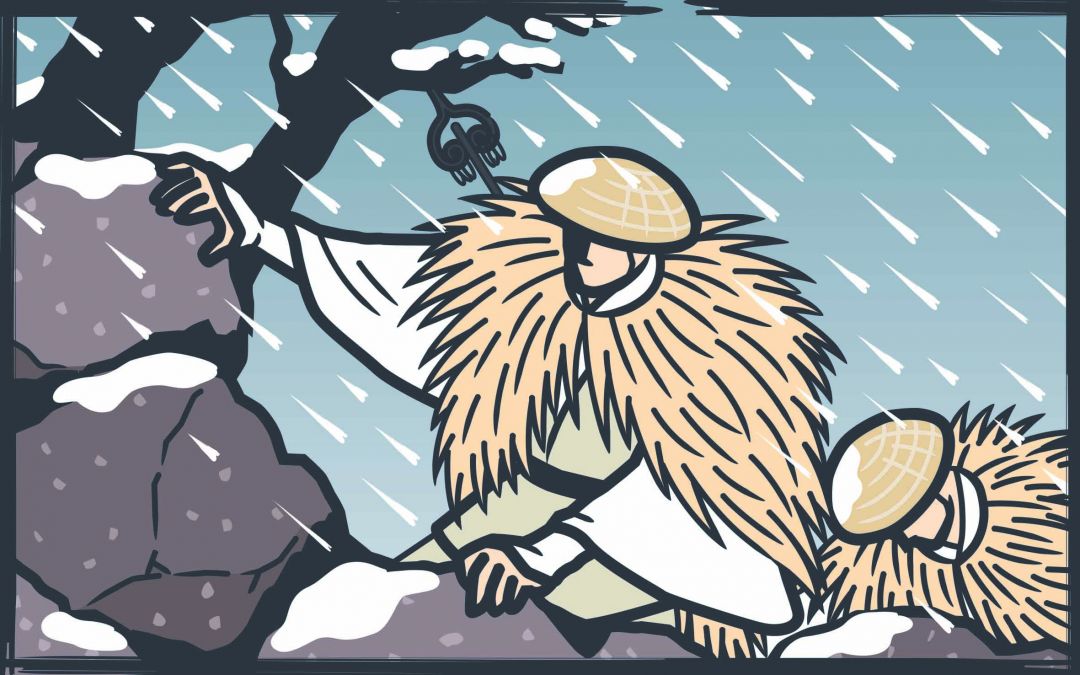
A successful third attempt
After giving up twice, Shodo Shonin made a do-or-die third attempt to reach Mt. Nantai’s summit in March 782 and finally succeeded after three days of climbing. It is thought that he approached from the mountain’s northern slope rather than the current southern route (via Iroha Slope), and that he therefore also discovered Lake Chuzenji from the summit then. According to legend, he was so captivated by the magnificent view of the mountain and lake, seen for the first time, that he gazed at it for a considerable length of time. He then built a small shrine on the summit and enshrined it, offered prayers to the Buddha, and descended.
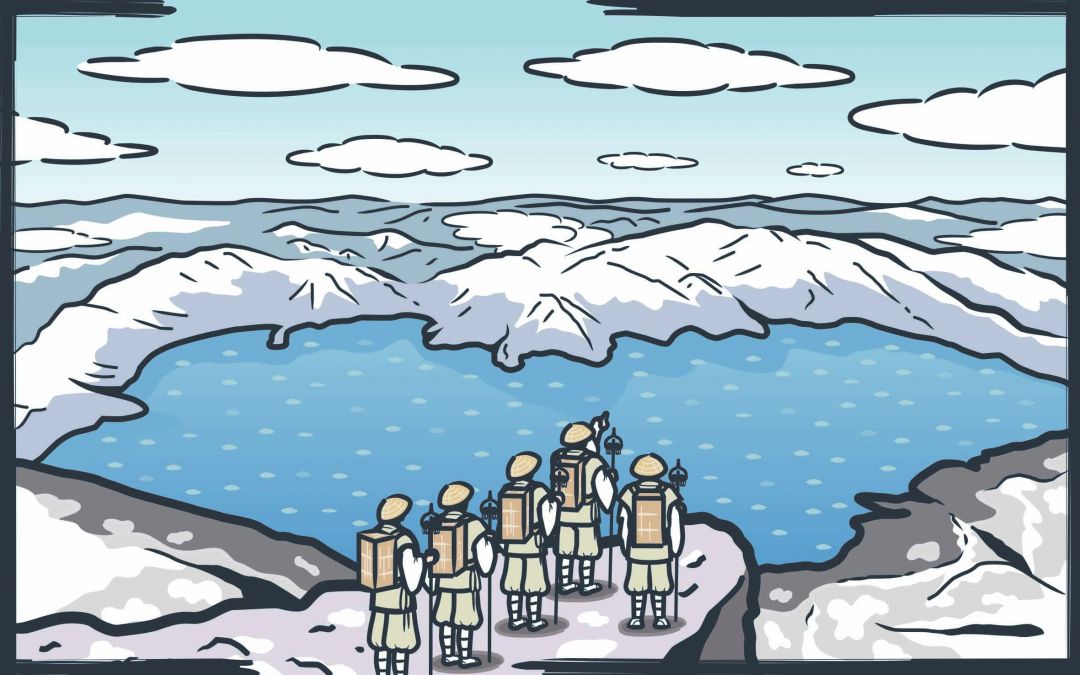

Relics on Mt. Nantai’s summit
On Mt. Nantai’s summit are relics left behind by people who climbed the mountain and made offerings to the gods. Excavations undertaken thus far have unearthed a large number of relics mainly from the Nara period (710-794) to Edo period (1603-1868), making it one of Japan’s leading ritual sites. They include Buddhist artifacts (such as ritual implements and statues), mirrors, swords, ancient seals, harnesses, farming tools, and old coins. These and other findings make the site unlike any other in Japan.
Mt. Nantai’s summit relics tell us that religious practice took place continuously for centuries between the Nara and Edo periods and provide evidence that Buddhist monks climbed the mountain long ago.
Excavated artifacts can be viewed at Nikko Futarasan-Jinja Shrine’s museum.
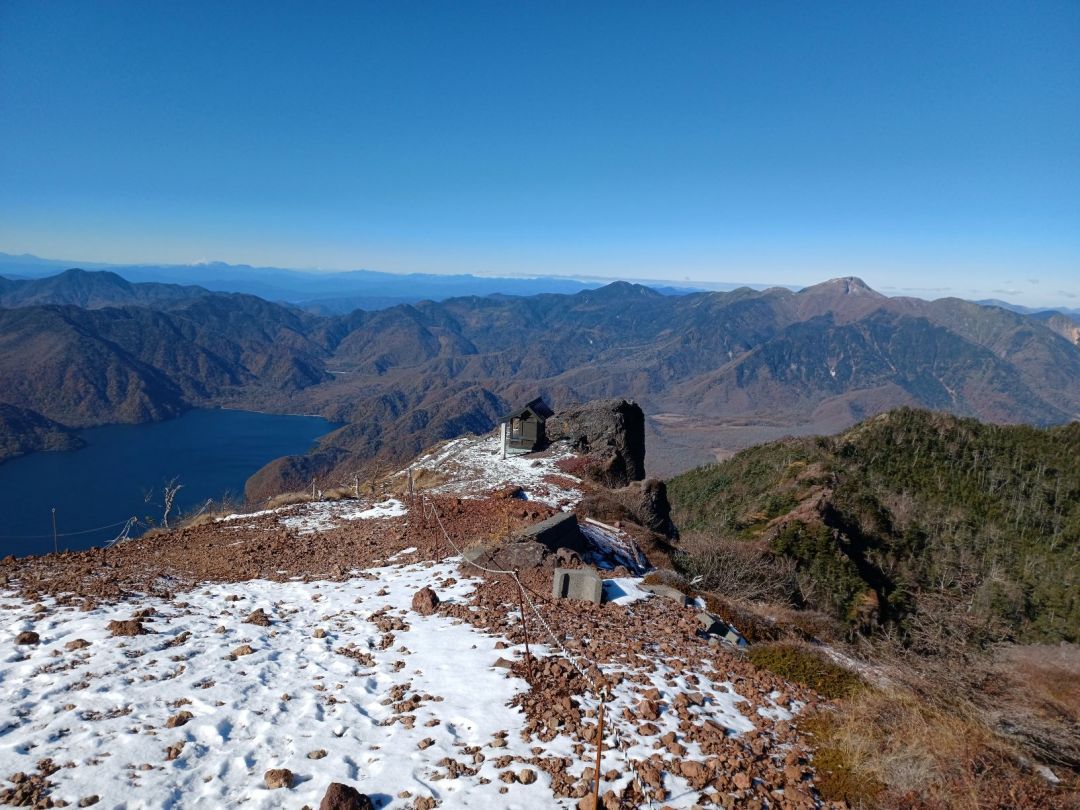
Mt. Nantai summit relics
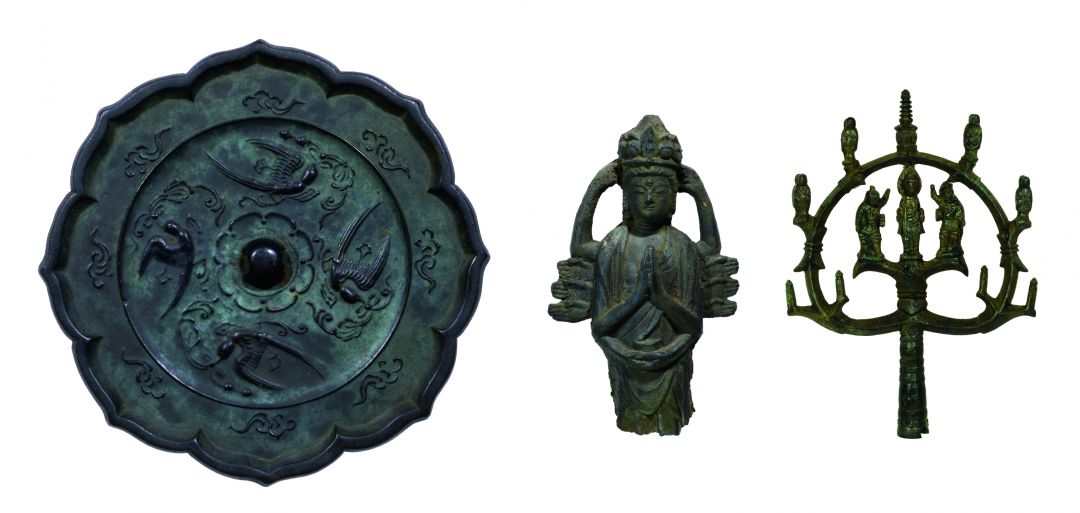
Artifacts excavated from Mt. Nantai summit ruins
Collection of Nikko Futarasan-Jinja Shrine
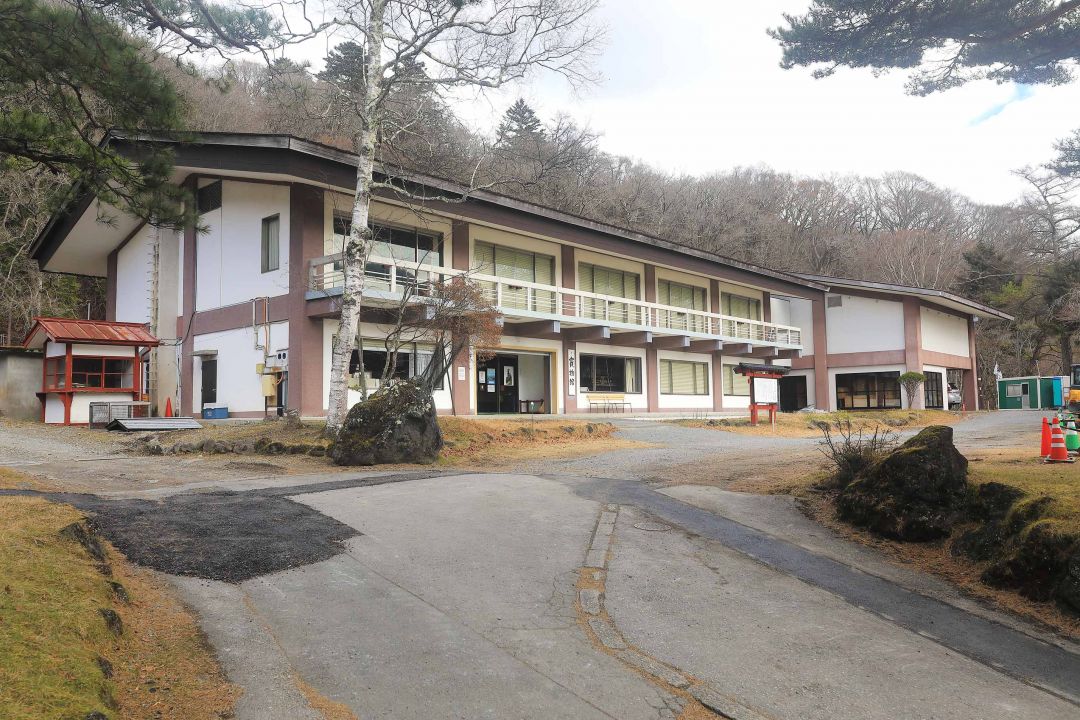
Nikko Futarasan-jinja Shrine Museum
The discoverer of Mt. Nantai’s summit relics
The person who first discovered the Mt. Nantai summit site was Edward Morse, an American famous for discovering the Omori shell mound in Tokyo. Morse climbed Mt. Nantai in July 1877 and found many rusted and corroded spearheads, broken knife and sword blades, and several topknots near Tarosan-Jinja Shrine on the summit. Morse wrote in his diary that he could not resist picking up two small rusty fragments.
Ernest Satow also climbed Mt. Nantai for the first time two months later in September. He also found the relics, writing in his diary that he “encountered numerous rusty swords behind a rocky hill.”
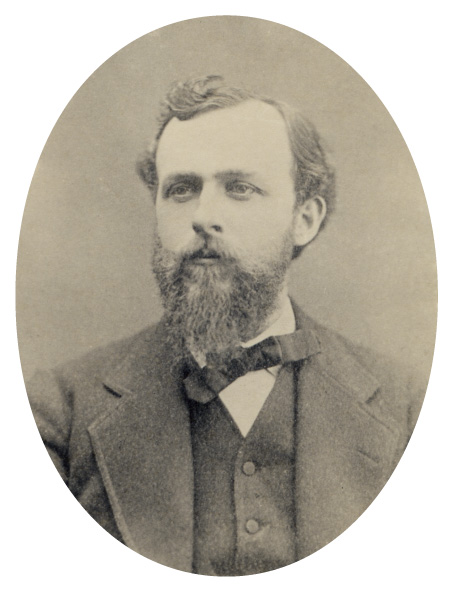
Edward Morse
Collection of Hakodate City Central Library
Establishment of Jinguji Temple on the shore of Lake Chuzenji
Shodo Shonin climbed Mt. Nantai again in late March 784, two years after his first successful ascent. After descending, he reached the shore of Lake Nanko (now Lake Chuzenji), built a small boat, and toured the lake with two or three of his disciples. He then visited Lake Saiko (now Lake Sainoko) and Lake Hokuko (now Lake Yunoko) before building a temple enshrining the gods and Buddha together on a portion of Lake Nanko’s shore he deemed the most beautiful and suitable for ascetic practice. He named the temple Jinguji and practiced asceticism there for four years. In April of 788, he moved to the northern shore (the location of the current Nikko Futarasan-Jinja Chugushi Shrine).
This Jinguji Temple was the origin of the Chuzenji branch temple of Nikko-zan Rinnoji Temple and Nikko Futarasan-Jinja Chugushi Shrine.
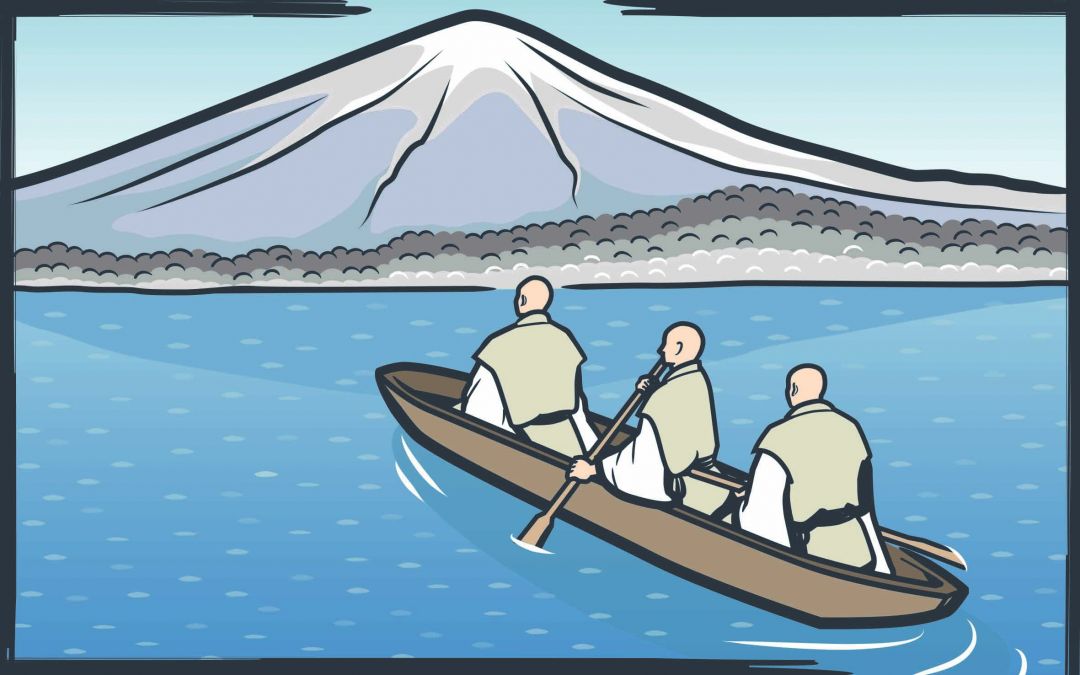

Nikko Futarasan-Jinja Chugushi Shrine
Courtesy of Nikko Futarasan-Jinja Shrine
Funazenjo
Processions ascending Mt. Nantai for worship were called zenjo in Japan’s middle ages and zencho in the early modern period. Funazenjo (zenjo by boat) is a pilgrimage by boat to sacred sites on Lake Chuzenji’s shore where Shodo Shonin and his disciples practiced asceticism by setting a boat afloat on the lake. Today, it is a traditional event of Chuzenji Temple Tachiki Kannon held on August 4 each year.
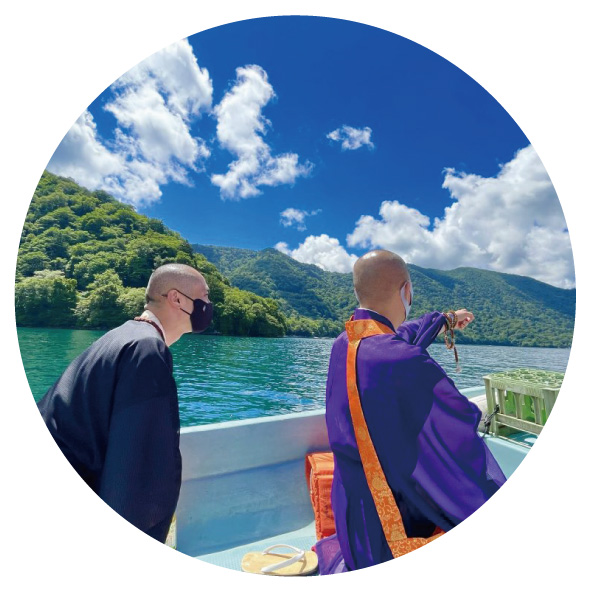
Courtesy of Nikko-zan Rinno-ji Temple
Legend of the thousand-armed goddess of mercy
According to legend, when Shodo Shonin rowed a small boat on the lake he discovered (Lake Nanko; now Lake Chuzenji), a golden thousand-armed goddess of mercy appeared on the water’s surface. Moved by the experience, Shonin carved the image into a firmly rooted Japanese Judas tree and enshrined it in Jinguji Temple. This standing image is “Juichimen-Senju Kannon Bosatsu“ (National Important Cultural Property) and is called “Tachiki Kannon.” It is the principal object of worship at Chuzenji Temple.

Courtesy of Nikko-zan Rinno-ji Temple
Shinto-Buddhist syncretism
Shinto-Buddhist syncretism was fostered and worshiped at Nikko as a sacred place from the time that Shodo Shonin established a temple there at the end of the Nara period (710-794). Originating in the Nara period, Shinto-Buddhism syncretism is an ideology that unifies Shinto and Buddhism, regarding the ancient beliefs of Shintoism (in which natural objects are worshipped as gods) and Buddhism (which arrived later) as one.
This ideology continued for about a millennium until March 1868, when the Meiji government issued a decree clarifying the differences between Shintoism and Buddhism and separating the sites where they were practiced.. However, at Chuzenji Temple and Nikko Futarasan-Jinja Chugushi Shrine in Oku-Nikko, they continued side by side on the same grounds until 1902, when their buildings were swept away by a landslide on Mt. Nantai.
